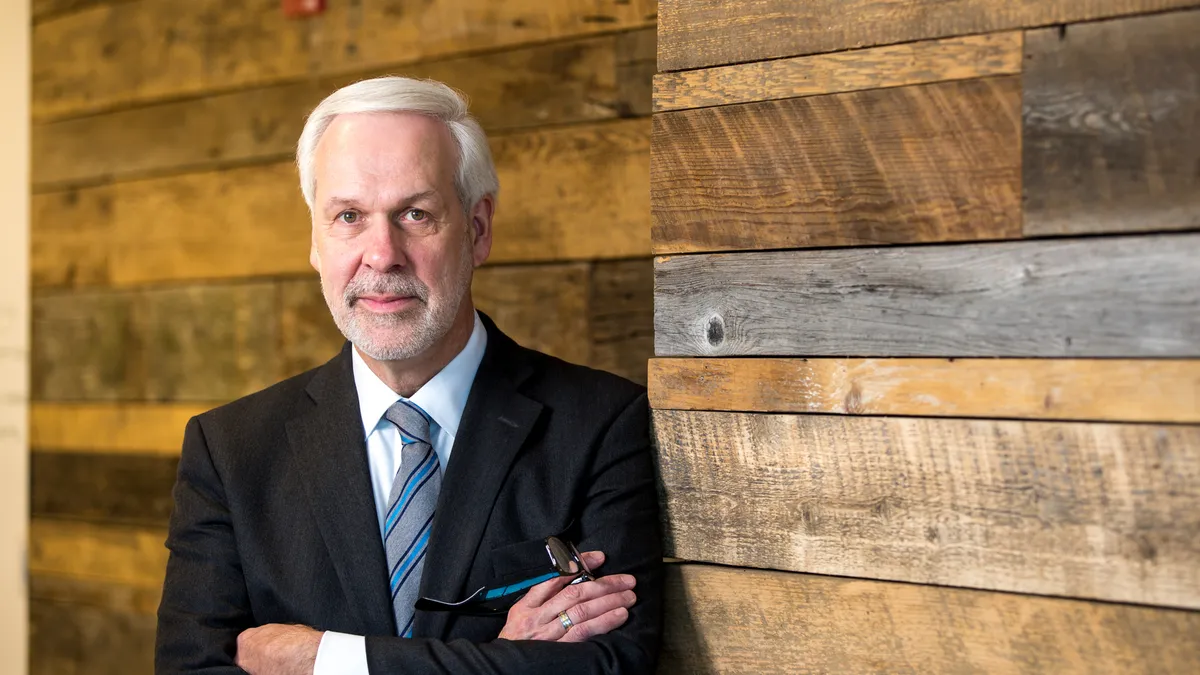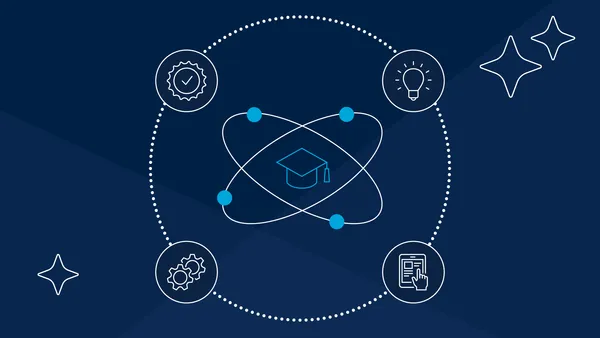Editor's note: Paul LeBlanc is the president of Southern New Hampshire University.
Well before the pandemic struck, we could see the data. Too many students were taking on too much debt to attend our traditional residential campus, or they were not coming at all. Maybe worse were those students who attended, took on debt, but left without completing, joining the 36 million Americans with some credits but no credential.
In response, last October we announced our intention to have $10,000 annual campus tuition options available by 2023. Then the pandemic hit. Millions of people lost jobs and have since fallen into poverty, and we knew we could not wait. We resolved to have those $10,000 tuition options available for next fall. Making the task tougher? We also want to close a substantial campus operating deficit.
It's really hard work. Over the summer, a faculty and staff task force did top-to-bottom program reviews, scrutinized our campus services, sought efficiencies and conducted a financial analysis. Over 800 people were pulled into the work, and we assigned some of our very best people to critical roles. While we haven't got there yet, some themes are emerging, and we are increasingly optimistic about having our first $10,000 campus programs available for September 2021.
What has it required? And what have we learned?
Deciding where and how human interaction takes place is critically important. Human interaction is at the heart of all learning, but not all interactions have to be human. Certain administrative processes, for example, may be better rendered in a less-expensive, digital self-help platform with chat-based assistance. Sometimes only a faculty member will do, but other times a peer tutor is appropriate. Mapping the student experience and understanding where we need to have our most expensive and often most necessary resource — our people — is a critical exercise.
That we can't cut our way to the goal. We are certainly finding places to trim and that will help, but a change of this magnitude requires rethinking how we do what we do in more fundamental ways. For example, the $10,000 programs will likely require a wider array of roles for faculty. In a sense, faculty can sometimes be designers or facilitators of learning, but not always the deliverers of that learning, as in flipped classes using MOOCs.
That we can leverage our large online operation in a variety of ways. One of the genuine benefits of the $10,000 effort is the way our campus faculty and staff and our online teams are working across organizational boundaries, sharing learning, brainstorming and finding ways to combine forces. With more than 150,000 students in our online programs, we have built a scaled and efficient infrastructure that might be useful in efforts to reimagine campus operations.
Revisiting what services are necessary and what we can rethink. Our athletics department rethought how they do what they do, what level of programming they want to support, and trimmed their budget without reducing the number of sports. As Anthony Fallacaro, our athletic director, said during a planning meeting, we have built a Division I level of support for a DII program, and we can right-size this and still serve student-athletes really well.
Perhaps most significantly, we are discussing how to flip the admissions discussion, in which we start with the Free Application for Federal Student Aid and financial analysis and then lay out before students their options, including the likely level of borrowing and typical earnings in their chosen field. Then we would recommend the right option for them — one in which the projected debt-to-earnings ratio makes better financial sense.
Typically, admissions processes sell a student on the institution, then the major, and then see how the math works out. We may very well start with the math. We are doing modeling now to make sure we do not have unintended consequences for financially marginalized students or raise other equity issues. Under some circumstances, a student with high need may have more out-of-pocket expense in a $10,000 program than with our current $32,000 offerings — something that is obviously unacceptable.
The summer's work resulted in four large binders and over 5,000 pages of reports and reviews. We presented those and the initial analysis to our board of trustees in mid-October, ending Phase I.
To borrow from Winston Churchill, that did not mark the beginning of the end of the process, it only marked the end of the beginning. Phase II is now starting, and the work will be to bring all the pieces together to see how close we can get to having $10,000 options and reducing our campus operating deficit.
We hope to have between eight and 10 programs at $10,000 for the September 2021 rollout, with a second, larger wave of programs in the following year. We even imagine being able to offer some students the opportunity to live on campus and have a coming-of-age experience but take all of their courses online. The key will be options. Options that are not just affordable, but well-designed and effective in their own right. Any student in one program option must feel their experience is the equal of students in another program option, even if quite different.
We have a formidable task ahead of us — a kind of three-dimensional chess that combines learning design, financial model design and organizational design. If the devil is in the details, he has a lot of hiding places at the moment. That said, there is genuine excitement at our growing conviction that if we work together, we can pull this off. As one board member commented, if we get this right, it will be a huge contribution to the well-being of Southern New Hampshire, but also a huge contribution to American higher education.




















